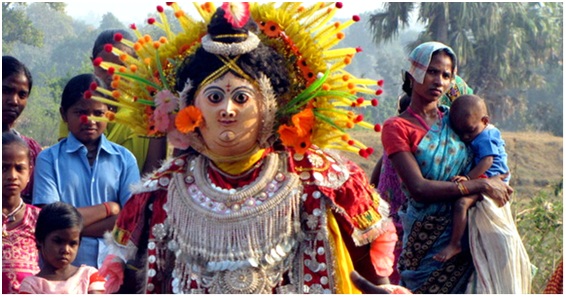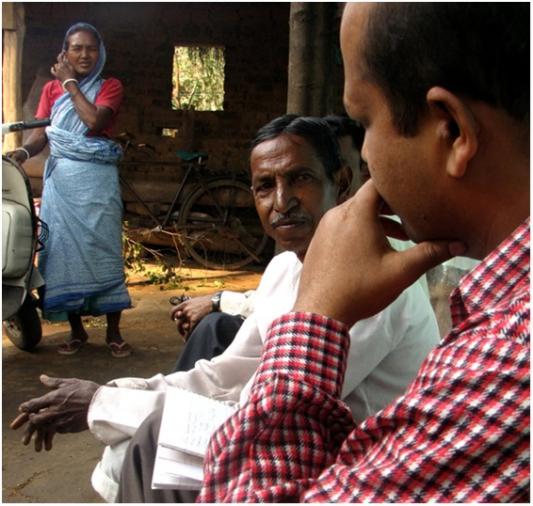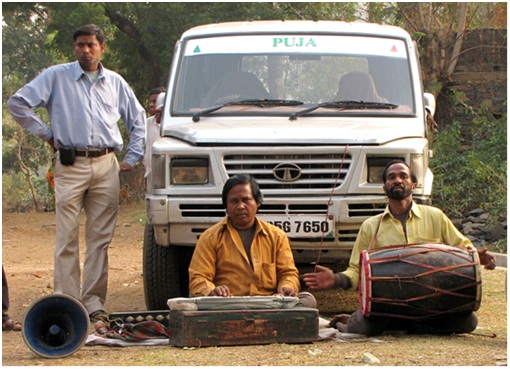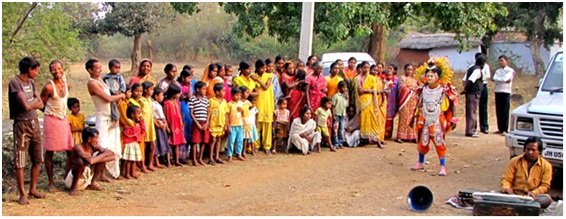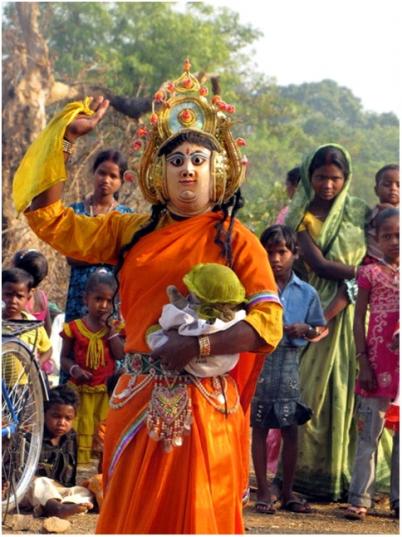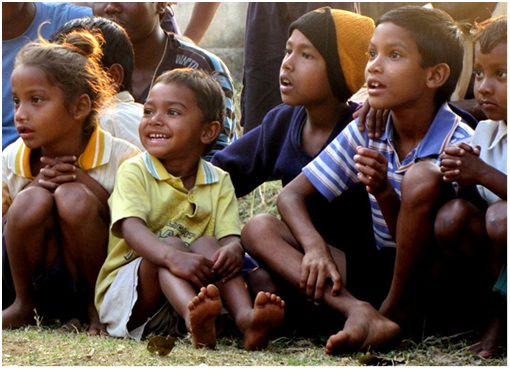Contribute
| Local Givings: Prashant Fadia Foundation And American India Foundation - Blogging Across India |
Kathleen Mitchell
03/03/2011
We reproduce her blog below....
Written by: Kathleen Mitchell on February 14, 2011, an AIF Clinton Fellow from India
While completing her Masters at Boston University, Kate took journalism classes and explored the use of multimedia for telling public health stories. Her final project was a 25-minute compilation of photos, videos, and narration telling the story of maternal death among Dominican and Haitian women living in the DR. Recently, Kate has been working for the Maternal Health Task Force. Kate has her own blog, Maternal Mortality Daily that tracks news, events, and opportunities in maternal health. Kate is passionate about experiential learning and cross-cultural exchange among youth, and has led programs for Global Routes in Ecuador and Peru.
--------------------------------------------------------------------------------------------------------------------------------------------------
On Monday, I traveled with my colleague, Anupam Sarkar, a nutrition and newborn health expert and Project Advisor for the Maternal and Newborn Survival Initiative (MANSI), to Hudu, a small, hard-to-reach village amidst forest, steel plants, and roaming wild elephants. It took us nearly 2 hours from Jamshedpur, weaving around and cutting through steel plants and villages along bumpy and muddy roads–the same roads that pregnant women must travel on if they opt for institutional delivery. We were heading to Hudu to observe a Seraikela Chhau peformance.
Seraikela Chhau is a traditional form of dance that originates in the Seraikela block of Jharkhand, part of the eastern steel belt of India. Over the past six months, I have been working with the Maternal and Newborn Survival Initiative in the Seraikela block. As part of our project activities, our team has recently coordinated a series of Seraikela Chhau performances that will combine the native dance form with key maternal and newborn health messages throughout the 174 villages of our project area.
When Anupam and I arrived in Hudu, we learned that a pair of twins had recently passed away in the village and we decided to visit the family before the performance began. We are conducting similar home visits for every maternal and newborn death that has been reported in our project area (spanning 174 villages) since the baseline survey was completed in 2009. The goal of the home visits is to gain a better understanding of the ground realities and knowledge gaps so that we can shape and inform the messages of the MANSI health communication campaigns in a way that meets the needs of the communities.
The local health worker guided us to the home where the twins had passed away. The parents were not at home–but we were able to meet with the paternal grandparents, Asha and Ganesh Sardar.
They shared their story…
The mother of the twins, Vilasi, is 28 years old. She and her husband, Ragdu, already had four children, all girls, and the family was eager to have a boy. Soon they became pregnant with twins, one girl and one boy. All four of the previous children were delivered at home without complication–and the family assumed that this delivery would also be free of complications. They explained that they were unaware of the benefits of institutional delivery. When the twins were born, they seemed very small. Immediately following delivery, the mother put the babies to her breasts to feed them. They were weak and unable to suckle. Initially the family thought about giving them goat’s milk–but eventually decided to give sugar water (locally called Misri Pani). When it became clear that the babies were extremely weak and in critical condition, the family wanted to take the infants to the hospital but they had not anticipated the emergency. They were not prepared. They did not have a transportation plan or money set aside. One baby died the very same day–and the other died the following day.
We thanked the grandparents for sharing their story and asked them if it would be OK if we also shared their story with other communities. The grandparents agreed and the grandfather said, “After losing the twins, I have come to know about the importance of institutional delivery. Why not share our story and let others also come to know?â€
It is tough to know precisely what led to the death of the twins—and if giving birth in a facility would have made a difference. But it is clear that many factors were stacked against them. The family was faced with poor roads, long distances to health centers, limited resources, combined with a lack of information at the community level about birth spacing and planning, care of low birth weight babies, danger signs, institutional delivery, and information on how to tap into government schemes that offer cash incentives for institutional delivery—all potential topics for future Chhau performances.
With the story of the twins on our minds, we returned to the center of the village to observe the performance.
With no electricity in the village, the performers rigged their loud speaker system to their vehicle battery. They began beating their drums and singing loudly, calling on community members to gather in the village center.
It did not take long for community members to gather, all curious to know what the commotion was about. They formed a crowd of boys and girls, and men and women of all ages. Soon the drumming and singing picked up pace, a performer dressed in a traditional colorful costume with a big mask jumped out from behind the vehicle, and the show began!
The performers acted out various situations, using dance and drama to cover several critical maternal and newborn health topics—with a focus on the importance of institutional delivery, birth planning/preparedness, and the five cleans of safe delivery. The audience watched with great enthusiasm.
As we traveled the bumpy roads away from Hudu, a jagged rock punctured our tire–delaying our return to Jamshedpur and reminding me of the numerous barriers that women face in accessing care. While we waited for the tire to get repaired, I thought of the twins and the grandparents who we interviewed. I also thought of the Chhau dance and all of the community members in attendance. That day, I witnessed the consequences of the various factors that were stacked against the twins. I also witnessed one strategy for building community awareness of critical maternal and newborn health information. I left feeling confident that the Chhau performance that we observed will help to equip the community of Hudu with key information about maternal and newborn health—and will serve as one of many important steps toward the overall goal of protecting the health of women and infants in the Seraikela block.
http://www.aifclintonfellowship.org/blog/
http://www.aif.org
You may also access this article through our web-site http://www.lokvani.com/
